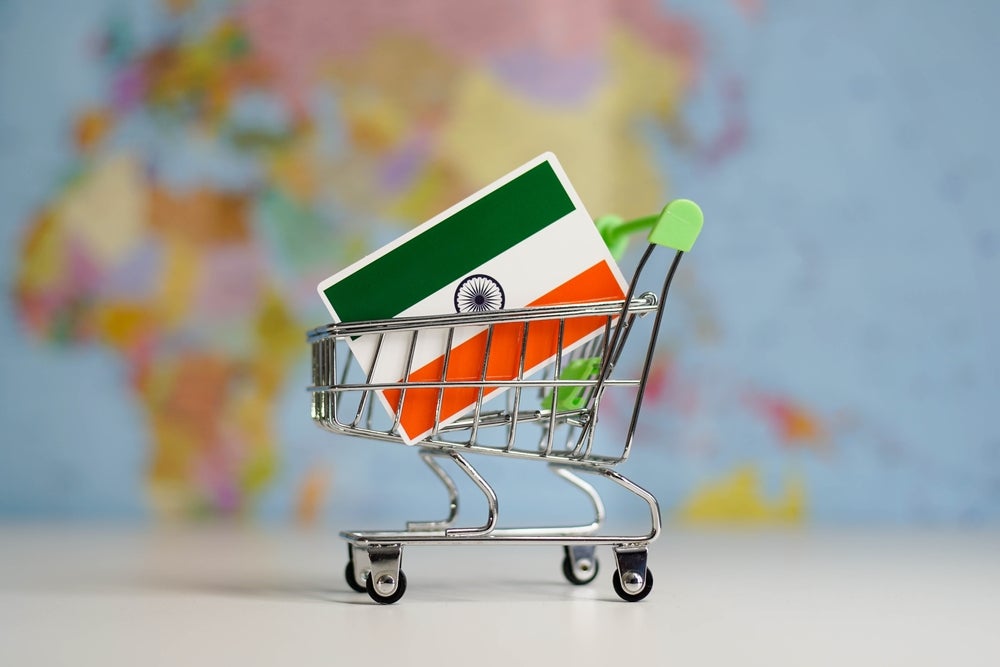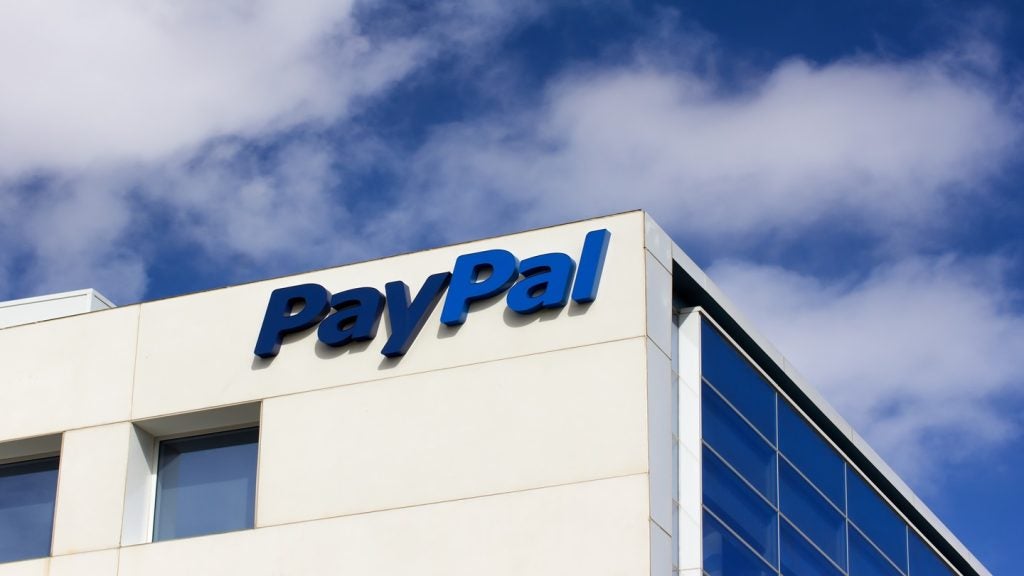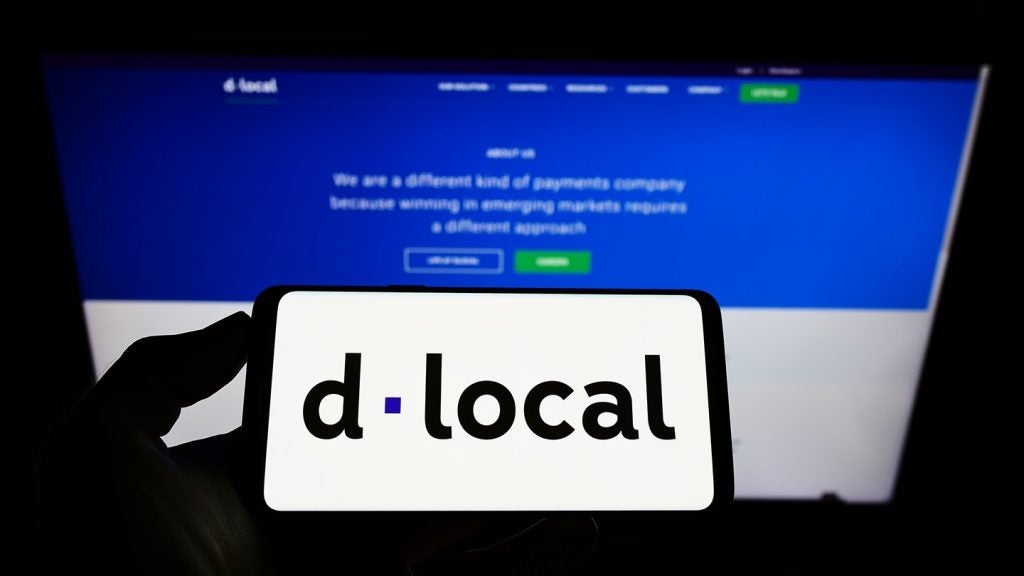India, much admired for its vibrant culture and diversity, is also fast becoming one of the largest e-commerce markets in the world. It should be in the sights of any ambitious business looking to expand internationally.
Our data highlights that the Indian e-commerce market is set to nearly double from $83bn last year to $150bn in 2026. A recent report by Bain estimates that by 2027, there will be more online shoppers in India than there are in the United States.
The Indian government is playing a crucial role, establishing the Open Network for Digital Commerce (ONDC) to develop, and democratise, e-commerce by levelling the playing field for small businesses across retail, travel, and other sectors. For the Indian consumer, this means improved customer experience, greater convenience, and faster, more secure payments.
Indians are, therefore, increasingly spending online, which presents a huge opportunity for merchants. But for merchants to take full advantage of this market opportunity, they need to deeply understand local payment preferences and behaviour.
A drive towards digital payments
India’s payments ecosystem reflects the country’s rich culture. From traditional methods, such as cash-on-delivery and bank transfers, to modern digital solutions, like e-wallets, Indian consumers are being presented with a rich tapestry of choices.
Again, the government is providing encouragement for newer payment methods. The Reserve Bank of India (RBI), the country’s central bank, is leading efforts via the Payments Vision 2025, a series of initiatives designed to bring digital capabilities to all of India’s 1.4 billion citizens.
How well do you really know your competitors?
Access the most comprehensive Company Profiles on the market, powered by GlobalData. Save hours of research. Gain competitive edge.

Thank you!
Your download email will arrive shortly
Not ready to buy yet? Download a free sample
We are confident about the unique quality of our Company Profiles. However, we want you to make the most beneficial decision for your business, so we offer a free sample that you can download by submitting the below form
By GlobalDataFor a year, ending in the summer of 2022, both Mastercard and American Express were unable to operate in India after the RBI ordered both giants to stop processing payments because of data compliance issues.
During this time, locally preferred payment methods became more important than ever to e-commerce merchants operating in India. This prompted a sustained change in the way many Indians pay for online goods. Indian consumers now only pay for 28% of all online purchases using a credit or debit card, with the remaining 72% made via other payment methods. These include wallets like Paytm and PhonePe, and RuPay, a popular local payment card, and are providing people with greater choice and convenience.
But when it comes to payment modernisation, the biggest success story is Unified Payments Interface (UPI), the instant payment system developed by the National Payments Corporation of India (NPCI).
Changing the game
Launched in 2016, UPI is already processing around 60% of all domestic payments. It has more than 300 million active users and supports nearly 400 banks and 100 third-party apps. According to the NPCI, the total value of UPI transactions for May 2023 hit a record INR14.3trn ($172.7bn).
The impact of UPI can’t be overstated. It’s the most modern framework of real-time payments in the world. It’s set a standard that is difficult to compete with. Yes, there are the likes of FedNow in the US and NPP in Australia, but none have succeeded at the scale of UPI, where so many million users no longer use Visa and Mastercard but use UPI-powered apps instead.
It has revolutionised the digital payments landscape in India and is widely respected across the world for its pivotal role in simplifying and democratising payments. UPI is the key with which merchants can unlock the booming Indian e-commerce market.
Payment service providers (PSPs) wishing to stand out and grow revenue, therefore, need to consider the implications if their competitors offer UPI, but they don’t. If a PSP doesn’t empower the potential reach of more than 300 million buyers, then why would a merchant choose them over a competitor? They wouldn’t. And it’s not just about the money – it’s about higher authorisation rates and conversion rates for the merchant.
So, whilst UPI has been instrumental in digitising the Indian economy, it’s better to now think of it as an emerging global payment method. By aligning with how India likes to pay, businesses can tailor their strategies and solutions to effectively tap into one of the world’s fastest-growing consumer markets.
Motie Bring is Chief Executive Officer, PPRO









Related Company Profiles
American Express Co
Mastercard Inc